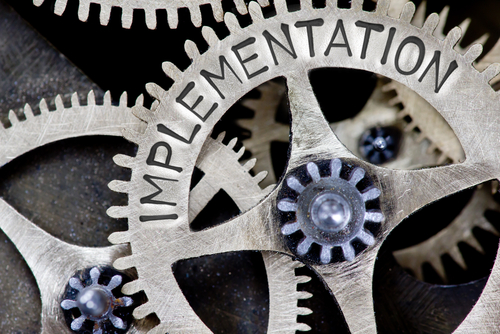Mitigating Risk: Eliminating Collective Lethargy
Disasters often happen because of limits to the human imagination. As such keeping an open mind is a critical quality of good risk management.
–Mike Lutomski, Former NASA Risk Manager
In 2003, the space shuttle Columbia suffered a horrible loss. After what was deemed a successful mission, the shuttle unexpectedly exploded upon re-entering the earth’s atmosphere. All seven crew were killed. It was a terrible disaster.
In retrospect, and after significant, transparent analysis, it was clear that the accident was the result of a technical issue. It was also determined to be part of a cultural issue at NASA. What had seemed to be a minor problem—some pieces of loose foam—was dismissed as trivial and a waste of time and money to address. To call out the issue would have meant raising an irritating flag and so no one spoke up.
This is an example of what can happen in any organization—I call it “collective lethargy.” This is where those who know that we may be doing something that is not in our best interest—or worse—that we’re doing something that will put us at huge risk—say nothing.
The only way to combat collective lethargy is to instill risk management as a positive and active consideration in everyone’s job—no matter what level of the organization.
Some might suggest that incorporating risk management at every level is too complex. However, I see it as a function of culture and the result of great curiosity. I ask the staff at The Fedcap Group to consider three ways to incorporate risk management into their daily lives:
First: fix it! We are all stewards of the organization. We need to be proud of it as it reflects each and every one of us. If there is trash in the hallway, we don’t wait for a custodian’s shift to clean it up. We pick it up. If we see water on the floor, we wipe it up. We own it. If we see someone who needs help—even though it’s not our job necessarily to greet them, we help them.
Second: create a risk profile. A risk profile at its best is full-on scenario planning. What is the best case in the operation of this program? What is the worst case? What are the factors I can’t see in front of me? What are the consequences of those factors? What has happened in the past that I should be aware of? This is where our imagination must come into play. There is no scenario not worth considering.
Third: go where you need to go to be heard. If you feel that you are not being heard for some reason, then raise the issue again, and again until you are heard. Imagine if one of the technicians at NASA who was worried about those pieces of foam had pushed harder.
And, mitigating risk every single day—means bringing our best integrity and execution to our work—being proud of what we do and proud to be part of an organization that every day is changing and improving the lives of those we serve.










